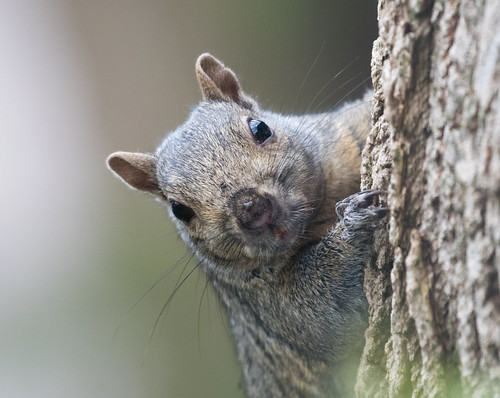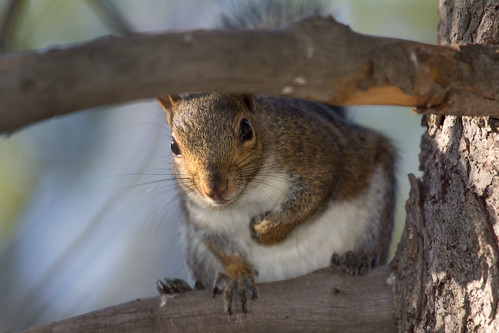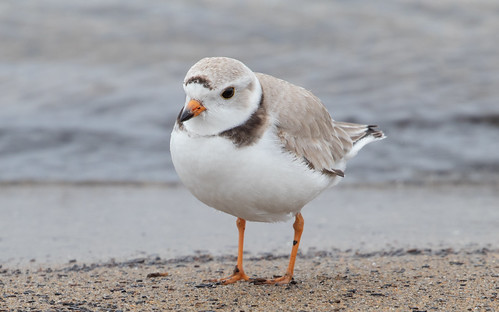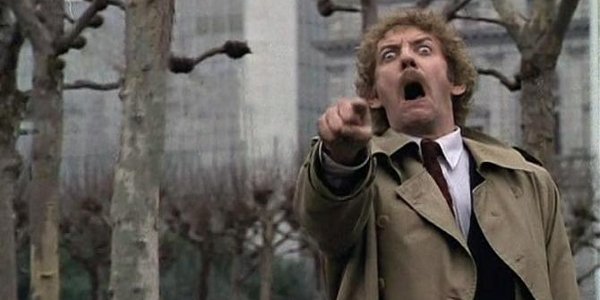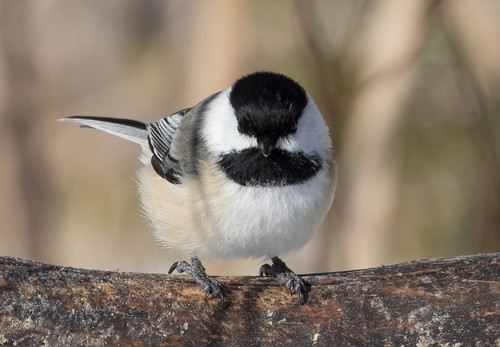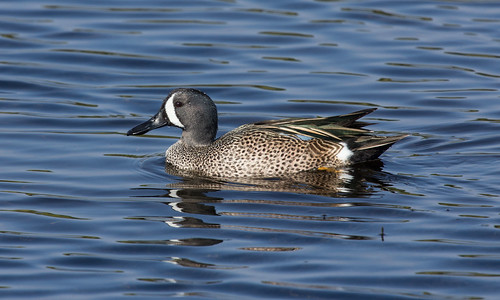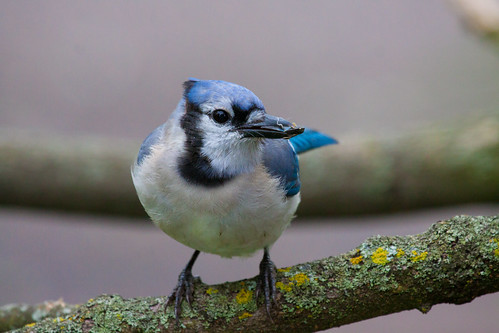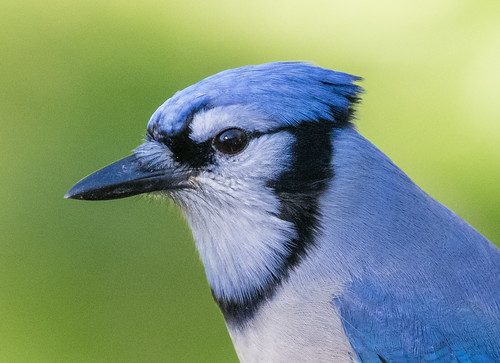November is, for me, the most dismal month, and I’m very glad it’s coming to an end. Cold and blustery weather seems the default, but even when it’s calm and in the 40s, the skies seem murky and dark more often than not. Snow, the quintessential winter precipitation, doesn’t usually last long in November—after the blizzard, temperatures can reach the 40s and melt it all or leave a horrible ice crust on top. Percy Bysshe Shelley’s Ode to the West Wind is no comfort. He ends with:
The trumpet of a prophecy! O Wind,Winter is not here in November. It’s very much autumn until the Solstice in December, the coldest month is usually January, and the coldest day ever in Minnesota didn’t happen until February. So when a chill wind blows in November, it’s not foretelling spring, but winter itself. No wonder November feels so dismal.
If Winter comes, can Spring be far behind?
Even as just about all the lingering autumn birds have disappeared, most winter finches have yet to arrive. We still have our faithful chickadees and other local residents. Downy Woodpeckers and both nuthatches are plentiful in my neighborhood, at least one Hairy Woodpecker is usually still about, and every day or two I spot or hear a Red-bellied and Pileated Woodpecker.
But the number of species and number of individual birds visiting my yard in late November is about as low as it gets, contributing to how bereft November leaves me. I love my Veteran’s Day birthday, but it comes with a reminder of advancing years like a ticking clock. I’m hoping right now is still late afternoon, or at most early evening, but midnight comes to all of us, and November reminds me of that more than any other month.
But November comes with its own unique warmth and joy, too, as my backyard neighborhood settles in for the winter. Those chickadees peering in my window always make me happy, and this year I have some other critters tugging at my heart, one of them specifically tugging at my shoelaces.
We started limiting our feeder offerings last year thanks to a rat problem in our neighborhood. This year we had virtually no chipmunks—I think the rats killed them off. And the number of squirrels went down, too—probably more because of other people cutting back on bird feeding than outright murders committed by the rats. But during fall migration, I couldn’t help myself from feeding the migrating Blue Jays flooding through the neighborhood, especially because a couple of them seemed to recognize me. I’d whistle and put some peanuts on a tree stump when I knew jays were around, and they’d immediately fly in. A dozen peanuts in the shell would be gone within five minutes. The disappearance went even faster after crows figured it out.
My neighborhood squirrels may be acrobatic and fast, but crows and jays are quicker every time. Yet I’m a sucker for little brown-eyed mammals. Several squirrels run toward me whenever I go outside, and sure enough, I toss peanuts directly to them. Now my jays are gone, but the squirrels come from a couple of neighbor yards whenever I go outside.
Mammals are almost as intelligent as birds, and so, like my chickadees, a couple of my squirrels have figured out that if they can catch my eye while I’m indoors, I’ll go out with some peanuts. All the lower branches of my good old box elder have fallen now, but one tiny dead branch sticks out at eye level when I’m at my desk treadmill, and a couple of different squirrels go there to sit and stare at me—if they make eye contact and I get off the treadmill, they’re on the back porch before I get there with the peanuts. One runs right up and takes its peanut right out of my hand, while the other holds back a bit. One time I didn’t see the tamest one when I was tossing peanuts to a couple of others, but suddenly I felt a tug on my shoelace.
I sympathize when squirrels eat too much out of feeders, and I know some people can’t stand them. But when my bird numbers are down and my heart is hungry for warmth on a chill November day, my squirrels fill a deep-rooted need that can help sustain me through the long winter ahead.
